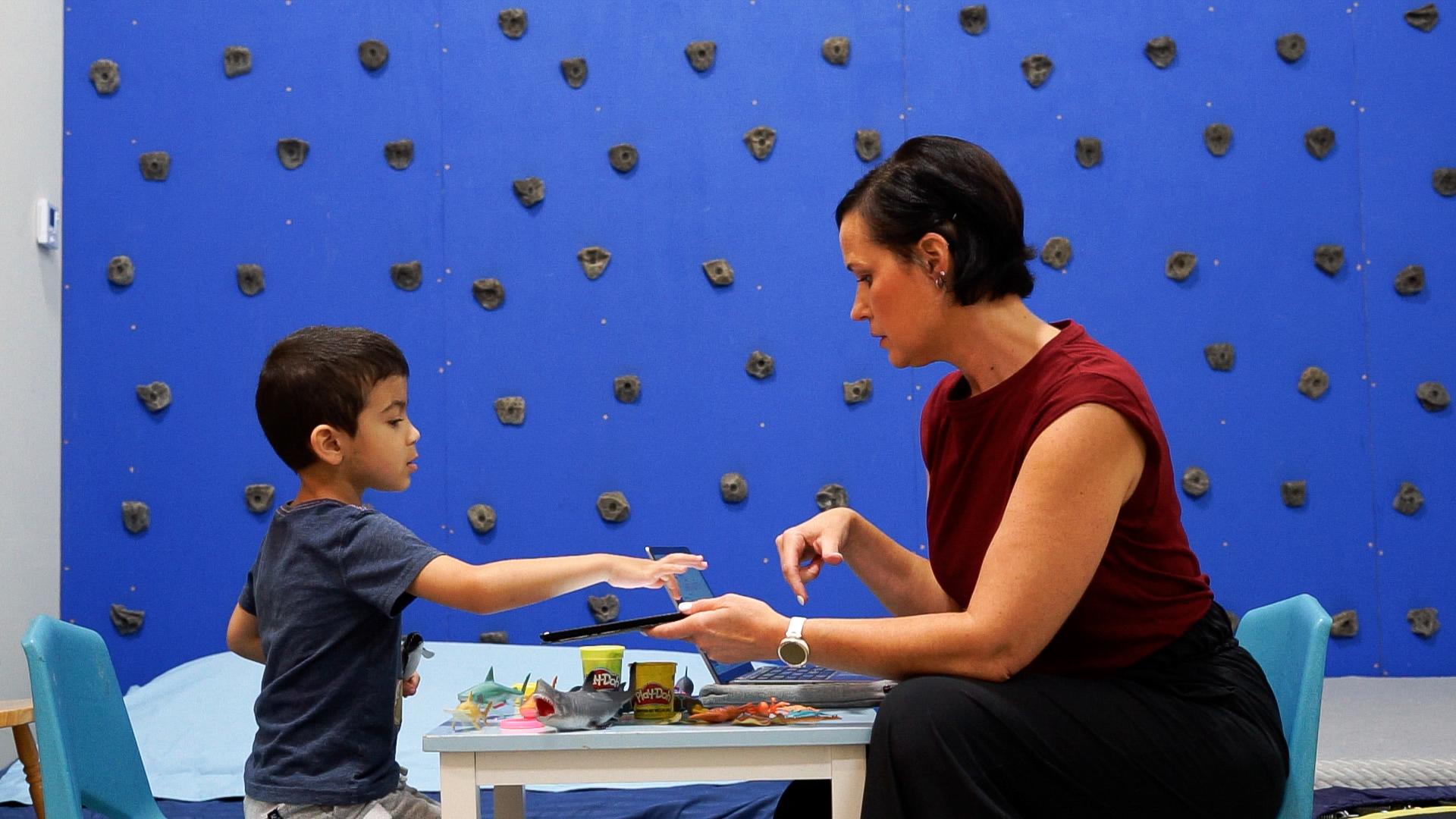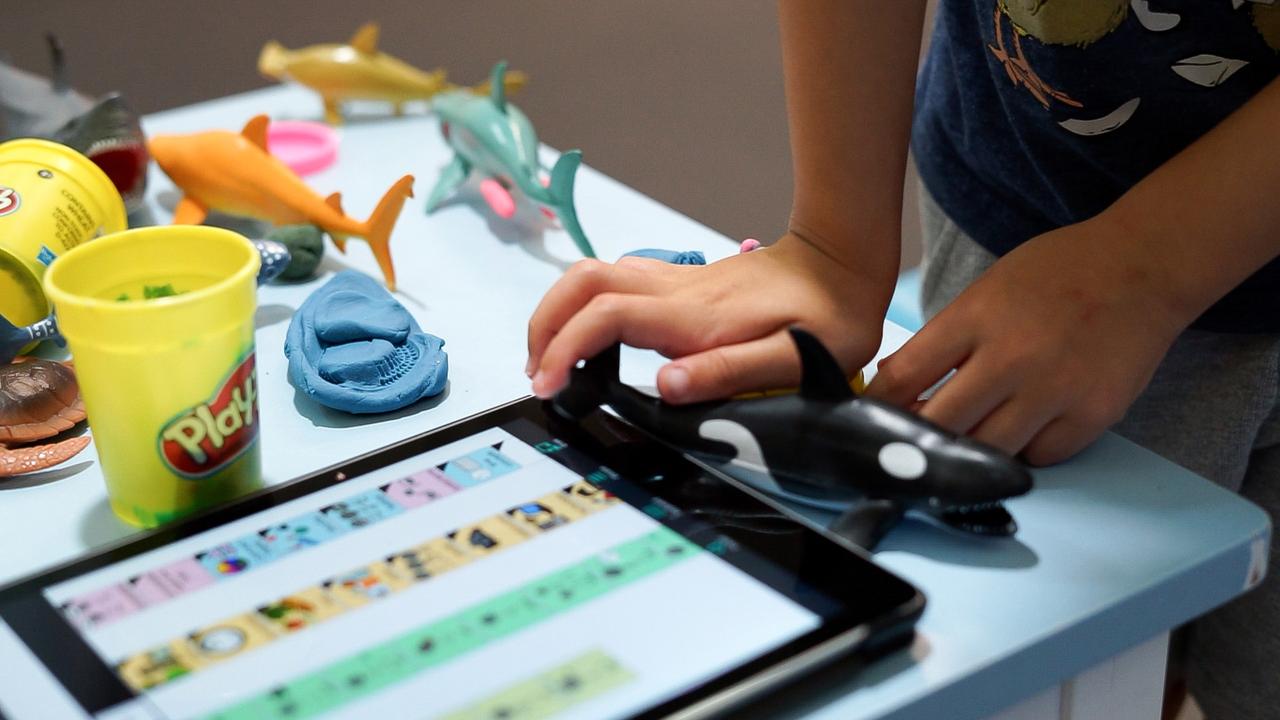
October is AAC Awareness Month, which makes it a good time to clear up a few common misconceptions we hear from families.
AAC, Augmentative and Alternative Communication, is simply a way to help a child communicate when speech isn’t yet reliable. This can mean using gestures, pictures, or technology, depending on the child’s needs.
What’s important to know is that AAC doesn’t replace speech. It gives children another way to communicate while speech and language skills continue to develop.
What We See in Practice
In our clinic, speech-language pathologists may introduce AAC tools when a child:
Uses few or no words by 18–24 months, or isn’t yet combining words after age 2.

How We Approach AAC
Our SLPs take a functional and family-centered approach.
That means using AAC in everyday routines, mealtime, play, dressing, or reading, where communication naturally happens. Parents learn to model and respond, not just prompt.
AAC can look as simple as a picture board on the fridge or as advanced as a dynamic display device. What matters most is giving the child a voice they can use now, not “someday.”
Why Early Introduction Makes a Difference
Early communication success builds trust, between parent and child, and between thought and expression. That’s the foundation for language, emotional regulation, and learning.
If you’re curious about AAC or wondering if your child might benefit, reach out. Our speech therapy team in Olathe and the greater Kansas City area is here to help families navigate those early decisions.
Stay updated on our news and events! Sign up to receive our newsletter.